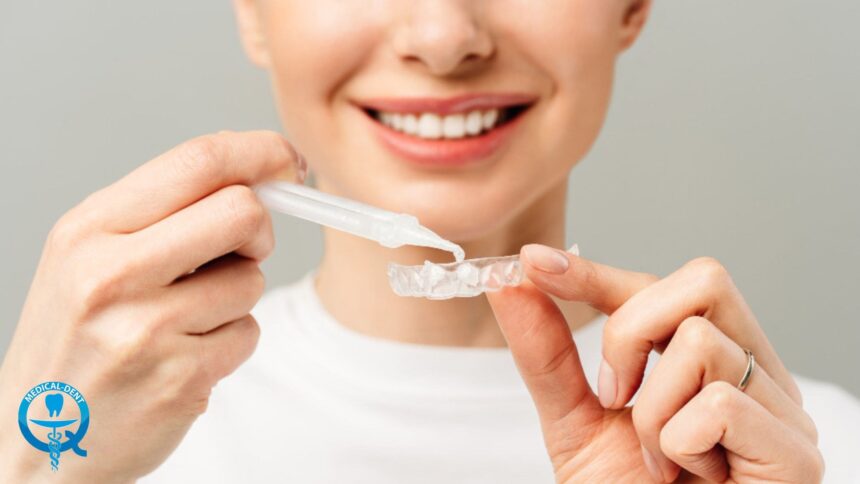Teeth whitening is enduringly popular among people who want a dazzling smile. One of the most commonly used products for this purpose are teeth whitening gels. In this article, we will discuss what exactly they are, how they work, whether they are safe, how to use them, what side effects they may have and why it is best to consult your dentist about their choice.
What are whitening gels and how do they work?
Whitening gels are chemical preparations that contain active ingredients such as hydrogen peroxide or carbamide peroxide. Their action is to oxidise discolouration present on the surface of the teeth and in their deeper layers. This process breaks down dark staining compounds into smaller molecules that are less visible, making the teeth brighter.
The use of whitening gels is safe as long as the manufacturer's and dentist's recommendations are followed.
Firstly, you have healthy teeth and gums. Contraindications to whitening include tooth decay, gum disease or enamel cavities. If you are struggling with these, it is better to postpone teeth whitening until treatment is complete. Teeth whitening is also discouraged for pregnant women and young people, as the structure of their teeth is still developing which can cause irritation.
The second issue is the correct use of whitening preparations. Those with too high a concentration or kept on the teeth for too long can lead to gum irritation, tooth sensitivity and, in extreme cases, damage to the enamel.
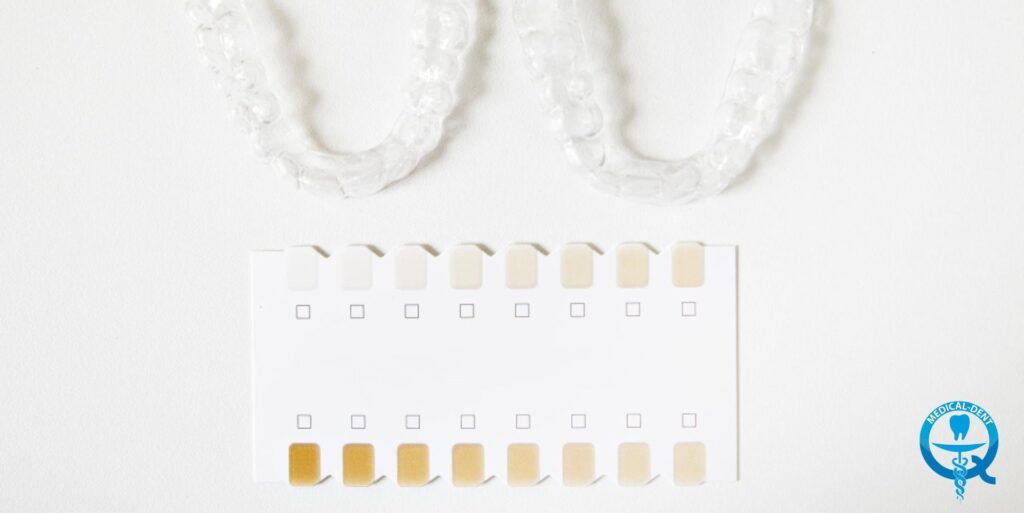
So how do you use teeth whitening gels?
As we mentioned, it is best to start with a visit to your dentist, who will check your condition of your teeth and gums and advise you on the most optimal preparation for your case. He or she will choose the right concentration of preparation and instruct you on how to apply it correctly.
Also remember to perform a full hygiene treatment, i.e. the removal of tartar and plaque, before teeth whitening. You can read more about this in our article "Dental hygiene in the UK - scaling, tooth sandblasting, polishing and fluoridation"
Back on topic.
Whitening gels are usually used in combination with with tooth caps that ensure even distribution of the preparation. The overlays can be standard or made to measure in the dentist's office, increasing their effectiveness and comfort.
Depending on the preparation, the gels are applied for a few hours a day or overnight for a specific period of time, usually 1-2 weeks. You can read more about overlay teeth whitening in our article with a similar title "Overlay teeth whitening at home".
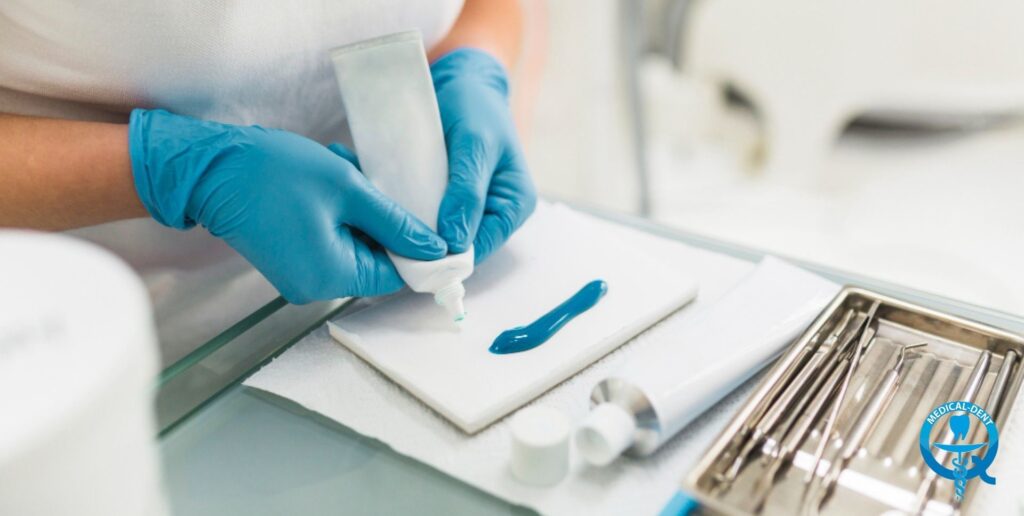
Which gel is the best, or what should guide your choice?
There will be no definite answer here, as it all depends, among other things, on the shade of white you want to achieve, in what time period, but also the natural colour of your teeth. It may turn out that even the best preparations will not make your teeth snow white. You can read more about this in our article "What tooth colour depends on".
It is therefore best to consult your dentist. Especially since the preparations available in the dental office are more effective than over-the-counter products. They have higher concentrations of active ingredients and are applied under the supervision of a specialist, which minimises the risk of complications. In addition, overlays made individually on the basis of tooth impressions provide a better fit and comfort.
If you don't want to use a specialist, pay attention to
- the concentration of the active ingredient - the higher, the faster the results can be obtained, but the greater the risk of irritation.
- the reputation of the manufacturer - it is best to trust proven brands.
- compatibility with overlays - the gel must be compatible with the overlays you have.
Whether you opt for a whitening gel from your dentist, from a pharmacy or bought online, you must be aware of the adverse effects.
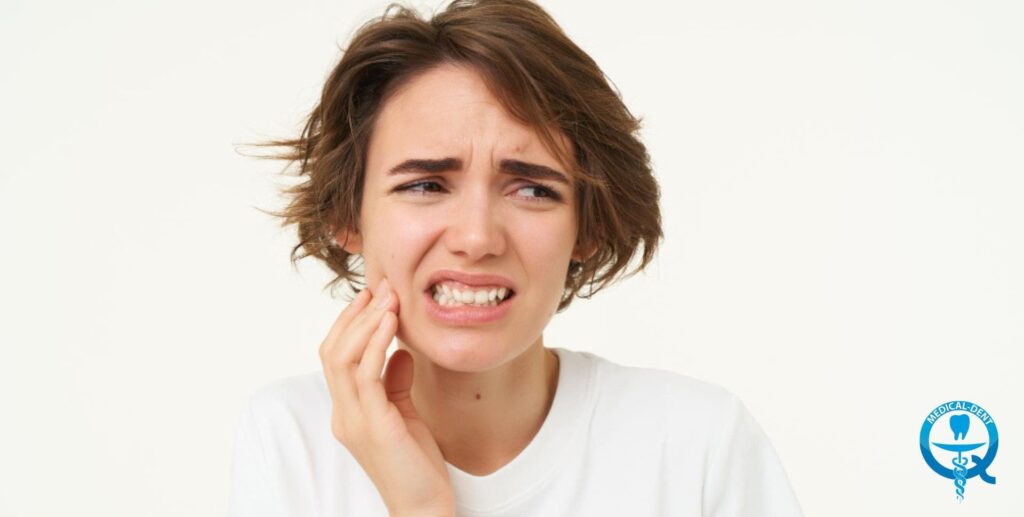
Possible side effects
The most commonly reported side effects are:
- tooth sensitivity - especially when consuming hot or cold drinks.
- Gum irritation - caused by contact between the gel and the soft tissues.
- a temporary dry feeling in the mouth.
Importantly, these symptoms usually disappear after treatment. There are also ways to avoid them in the process. These are, firstly, proper preparation - healthy teeth with plaque and tartar removed. Secondly, the right preparation for you. And finally, its proper application. It is a good idea to lubricate your gums with Vaseline to prevent possible irritation. You should use your finger or a gauze pad to remove any excess gel that has run off after pressing the tray.
By applying the above you minimise the risk of side effects.
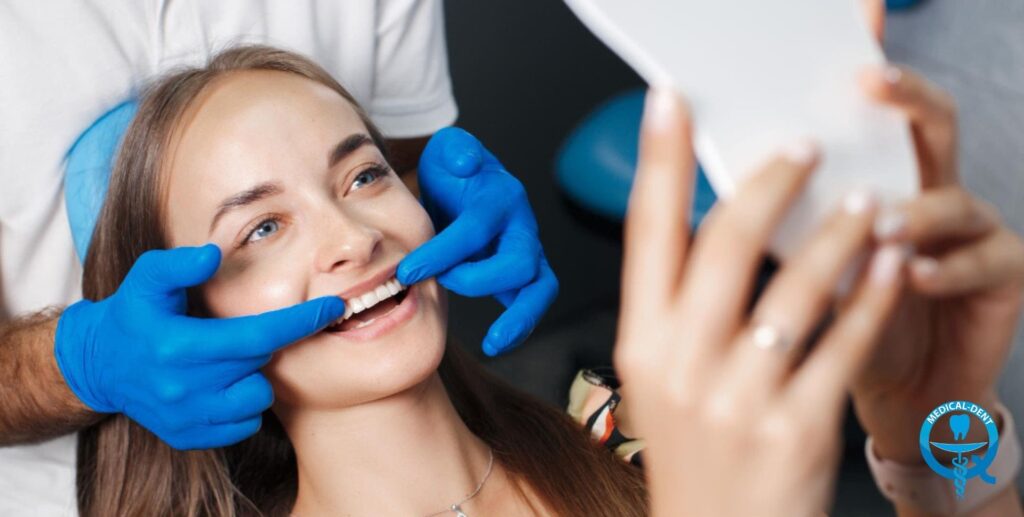
Teeth whitening gels - price
This one obviously depends on the manufacturer or the practice. In ours, you'll pay £150 for a gel to whiten your teeth at home. The whole kit for overlay whitening is an expense of £250. And if you decide to whiten in a dental practice, which you can read more about in the article "Teeth whitening with LED lights - what it involves and how much it costs" you will spend £350.
Our offer also includes teeth whitening in the Enlighten system, which offers a lifetime guarantee of white teeth and B1 effect, the closest thing to white in dentistry. If you would like to find out more call us or read our resource "The best way to whiten teeth - the Enlighten system".
This option is an outlay of £550. However, if you don't want to spend this amount at once you can take advantage of our instalment scheme. Importantly, the first 12 months are zero interest, thus you will pay less than £46 per month for whitening under the Enlighten system. You can read more about the instalment scheme in our article "Teeth on credit: dental treatment on hire purchase". Importantly, our system is 100% secure and regulated by the Financial Conduct Authority (FCA number 619628).

